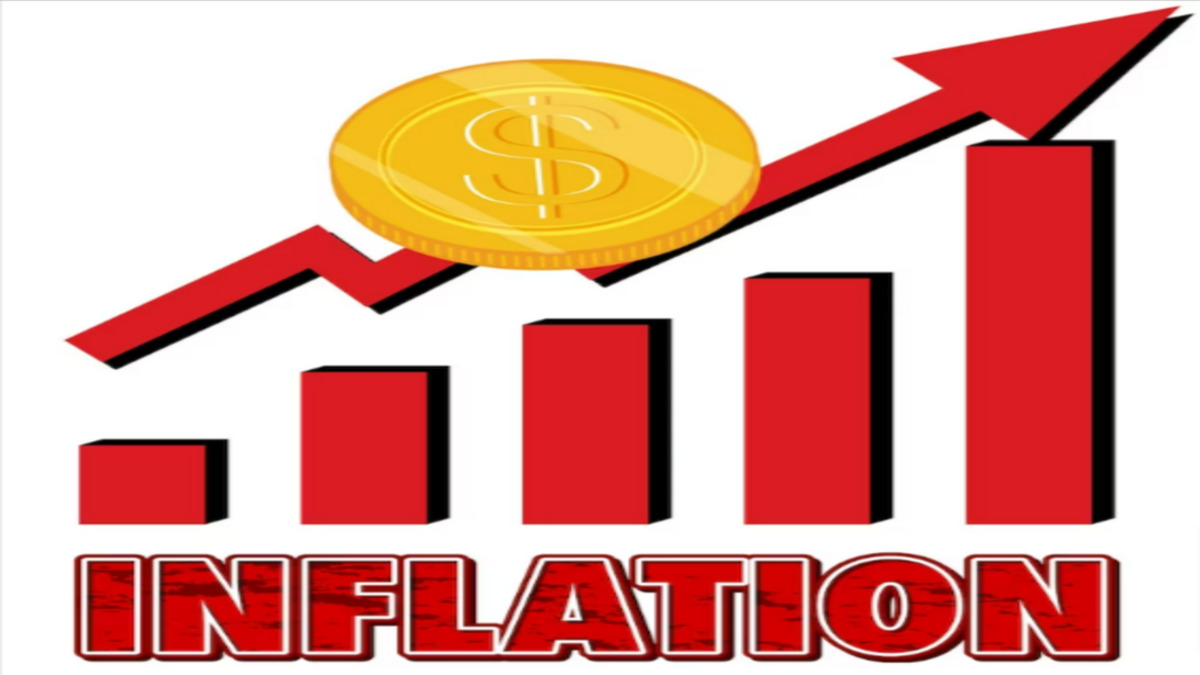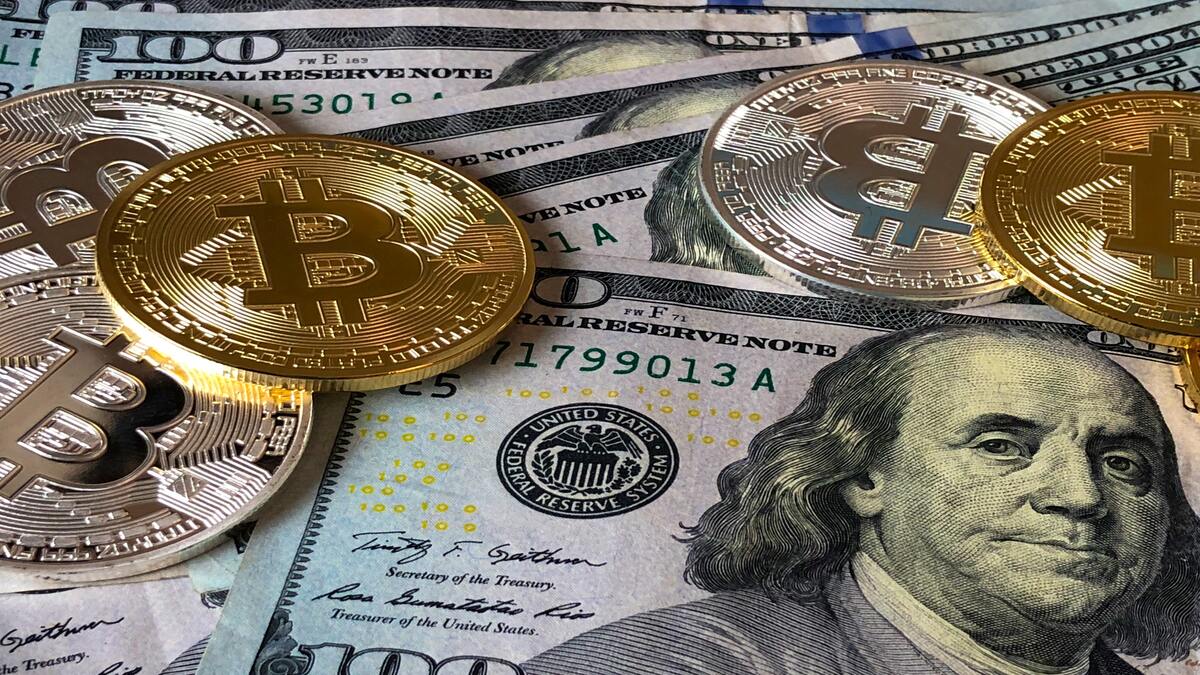Talking about the rate hikes, RBI Governor Das said he had moderated them, but there is no room for complacency. “The fight against inflation is not over yet,” he said. “We have to be careful, and we don’t need to be complacent,” he said.
Table of Contents:
- Introduction
- Factors Influencing RBI’s Monetary Policy
- Reducing Risk, and Promoting Financial Stability
- The Way Forward
- Conclusion
Introduction:
Shaktikanta Das, Governor of the Reserve Bank of India (RBI), made it clear in a speech that he has no sole authority to decide not to raise interest rates. instead, the choice depends on the conditions on the ground. RBI’s cautious approach demonstrates wisdom and resilience as the COVID-19 pandemic poses unprecedented challenges to the Indian economy.
In this article, we examine the factors influencing the RBI’s monetary policy and explore the reasons behind this choice in more detail.
Factors Influencing RBI’s Monetary Policy:
RBI Governor said that while acknowledging the complexity of the interaction between the economy and road fiscal policy, the decision to limit progress was not one-sided. Instead, it’s based on a full study of what’s going on out there.
The RBI recognizes the need to strike a good balance between supporting economic recovery and maintaining price stability, including a variety of domestic and international factors.

Monitoring Inflation:
Inflation is one of the critical factors in determining the monetary policy of the Reserve Bank of India. The RBI monitors the inflation rate as part of its price stabilization policy. The decision to postpone the rate hike due to several variables affecting inflation, such as supply chain disruptions, global commodity prices, and sentiment, signals caution. RBI tries to make decisions that support business continuity by monitoring these variables.
Evaluating Growth Prospects:
Evaluating growth potential is a critical part of RBI’s position. Central banks must forecast economic recovery during times of economic uncertainty, such as the crisis caused by the current pandemic. By analyzing key economic data, including GDP growth, employment, and investment, the RBI can better understand the drivers of change and adjust monetary policy.

External Factors, and Global Markets:
RBI governor considers many factors in its decision-making process. External factors such as international commodity prices, finance, and industrial development have played a critical role in maintaining an interconnection between the Indian economy and the rest of the world.
The central bank considers external factors when formulating its monetary policy, as they can affect India’s macroeconomic stability and growth prospects.
Reducing Risk, and Promoting Financial Stability:
Maintaining financial stability in banks is RBI’s primary responsibility. Central banks should consider the ground situation including the risks associated with lending, performance, and asset quality.
The RBI aims to assist banks and financial institutions by making a cautious outlook while reducing risk and improving overall financial stability.

The Way Forward:
In his speech, Governor Shaktikanta Das reiterated the RBI’s commitment to helping India overcome current economic challenges. The decision to stop the rate hikes is the result of a rigorous analysis of the actual situation to promote sustainable growth while controlling the price.
RBI’s strategy emphasizes the need for Resilience, recognizing that the business environment is impacted by evolving situations.
Conclusion:
The robust state of India’s monetary policy was highlighted in Governor Shaktikanta Das’ recent comments on the option to halt raising rates. The approach adopted by RBI depends on a rigorous analysis of national and international issues with the ultimate goal of financial recovery, price stability, and financial security stability.
As India continues to grapple with the challenges posed by the current global pandemic, RBI’s cautious and flexible stance demonstrates its commitment to supporting business development.













